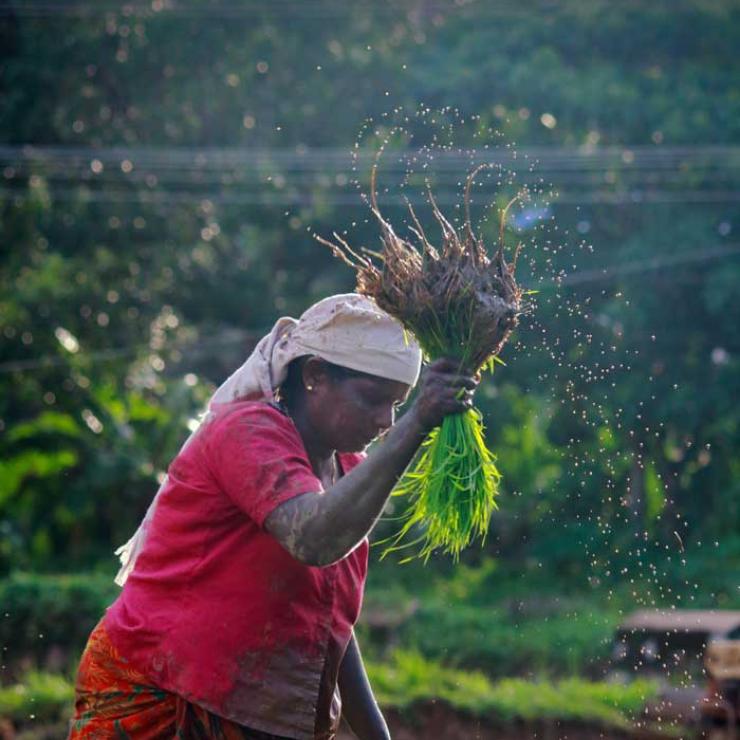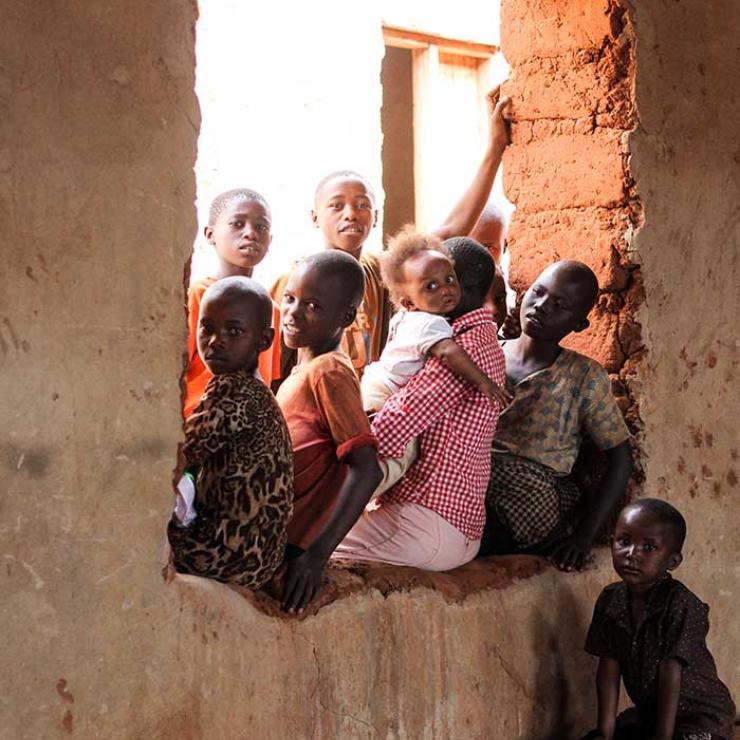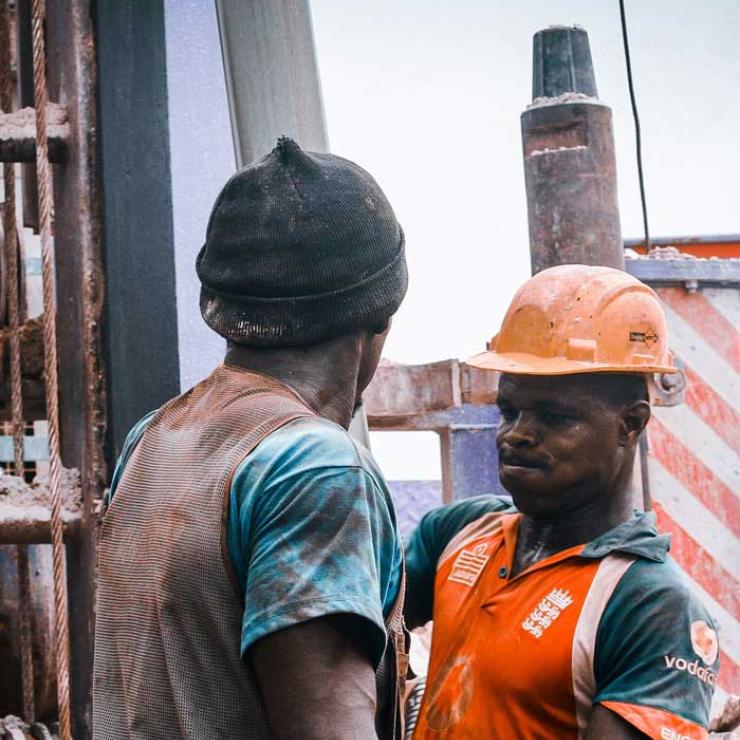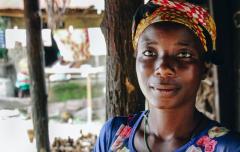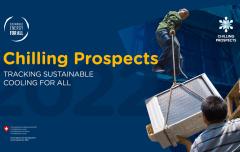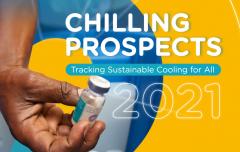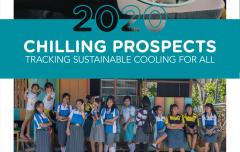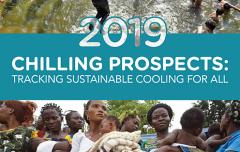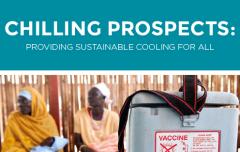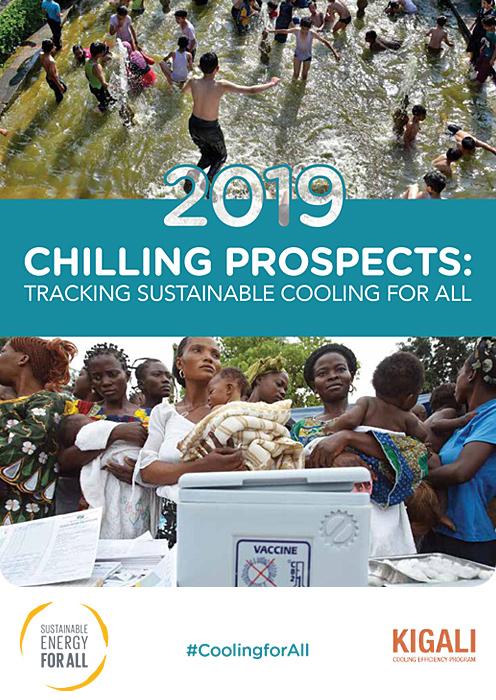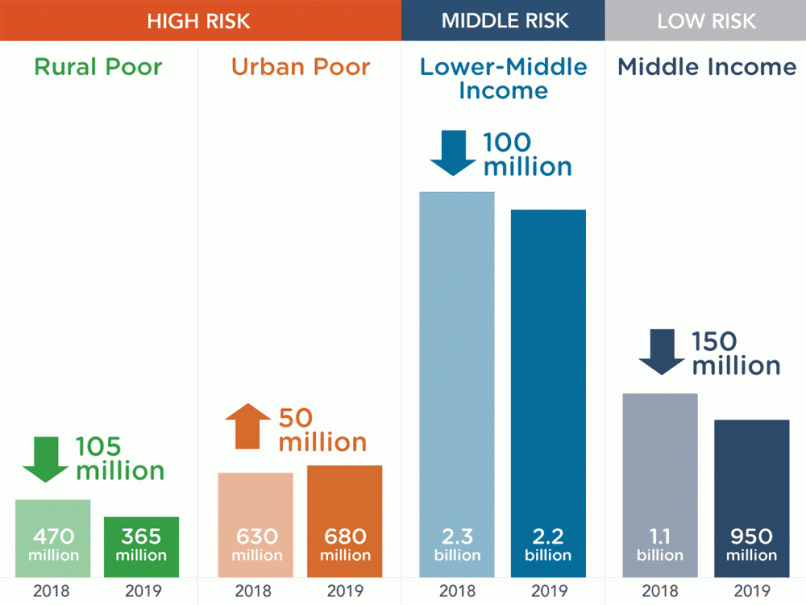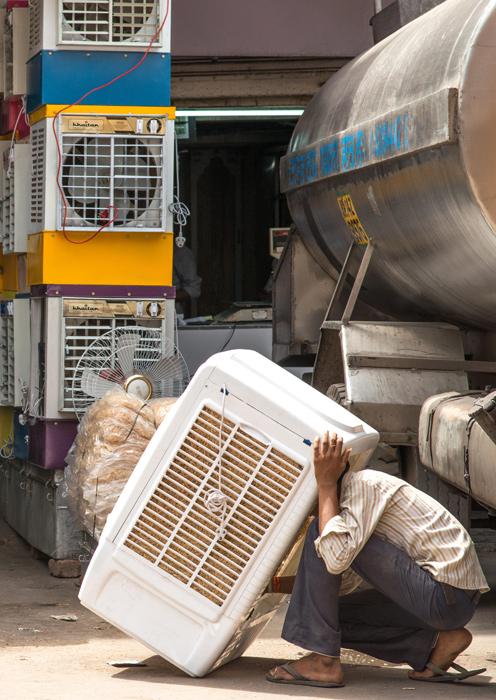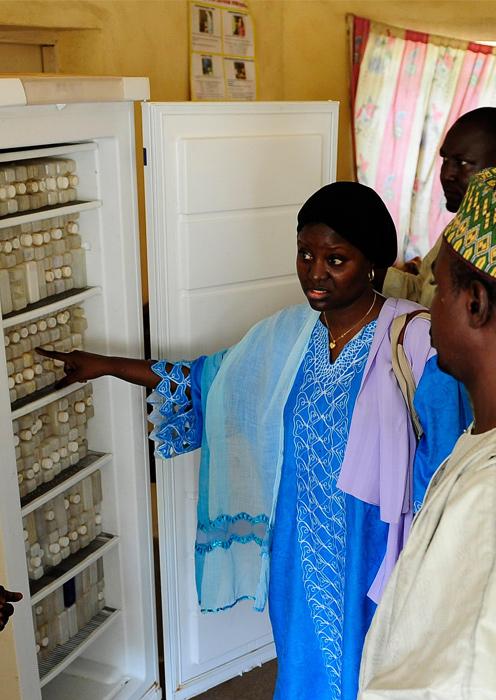超10亿人口因缺乏制冷条件面临公共安全及健康与食品安全风险
- 解决医药与食品冷链设施不可靠与高耗能问题,是提供可持续制冷条件并避免气候危机加剧的关键
- “人人享有可持续能源”组织在近期报告中呼吁政府、行业和开发性金融机构尽快为高风险群体提供可持续的制冷解决方案
2019年11月7日,罗马:根据“人人享有可持续能源”组织(Sustainable Energy for All)今日发表的研究报告,随着全球气温持续升高,大量人口因缺乏制冷条件而面临日益严峻的风险,随之而来的后果是全球能源需求增长,气候变化加剧。
Public safety, health and food security at risk for more than one billion people due to lack of cooling access
- Addressing unreliable, energy inefficient cold chains for life-saving medicines and safe food key to deliver sustainable cooling access without exacerbating the climate crisis
- Latest SEforALL report calls on governments, industry and development finance to urgently provide sustainable cooling solutions for high-risk groups
ROME, 7 November 2019: As temperatures hit record highs globally, significant populations are at increasing risk from lack of cooling access according to Sustainable Energy for All (SEforALL) research released today – threatening a spike in global energy demand and profound climate impacts.
Public safety, health and food security at risk for more than one billion people due to lack of cooling access
Addressing unreliable, energy inefficient cold chains for life-saving medicines and safe food key to deliver sustainable cooling access without exacerbating the climate crisis
Latest SEforALL report calls on governments, industry and development finance to urgently provide sustainable cooling solutions for high-risk groups
As temperatures hit record highs globally, significant populations are at increasing risk from lack of cooling access according to Sustainable Energy for All (SEforALL) research released today – threatening a spike in global energy demand and profound climate impacts.
Chilling Prospects: Tracking Sustainable Cooling for All 2019 shines a light on the growing cooling access challenge. This year’s report finds that the public safety, health, safe medicine and food supply for 1.05 billion people in poor rural and urban areas are now at risk from lack of access to cooling. That includes adequate refrigeration, access to a reliable fan, air conditioning and other areas that are essential as the earth’s temperatures rise due to climate change.
“As the world rapidly urbanizes and temperatures only grow, we risk a significant increase in the number of people without access to sustainable cooling”, said António Mexia, Chairman of the SEforALL Administrative Board and CEO of Energias de Portugal (EDP). “By 2030, the cost of productivity losses will be USD 2 trillion, and it will be the developing world that suffers the greatest “productivity penalty” as they deal with record temperatures and lack of cooling, stunting economic growth and further exacerbating global cooling inequity.”
Chilling Prospects is an analysis series developed by SEforALL to track global access to cooling gaps annually. The production is supported by the Swiss Agency for Development and Cooperation, the Austrian Development Agency, and the Clean Cooling Collaborative (formerly K-CEP) as part of the Cooling for All initiative.
Released for the first time in 2018, Chilling Prospects was the first report to define and quantify the magnitude of the global cooling access challenge and call for new and sustained action to address the issue.
Latest updates
Chilling Prospects: Tracking Sustainable Cooling for All 2025
Download: Global tracking data (2013–24)
Chilling Prospects Special: Gender and Access to Cooling
Country Brief: Sustainable Cooling for All in Kenya
Global tracking data
Cooling access gaps by risk profile
Cooling access gaps by income group
Forecast to 2030
Solutions
ThisIsCool: Use our directory and tool to find the best cooling solutions for your community.
Cooling topics
Chilling Prospects: Tracking Sustainable Cooling for All 2019
Chilling Prospects: Tracking Sustainable Cooling for All 2019 is the second report in the Chilling Prospects series and serves as a follow-up to the inaugural report’s wake-up call and call to action. The findings outlined in this year’s report shows that 1.05 billion people face serious cooling access risks.
The challenges these at-risk populations face include:
- In 52 high-risk countries, 365 million people in rural areas and 680 million people in urban slums are at risk due to poor rural areas without access to safe food and medicines and poor urban slums with little or no cooling to protect them in a heatwave.
- 2.2 billion people present a different risk, a rising, lower-middle class in developing countries, who are only able to afford cheaper, less efficient air conditioners, which could spike global energy demand and have profound climate impacts.
- Across the 52 high-risk countries, at least 3.2 billion people face cooling access challenges in 2019.
The Cooling for All Secretariat is a platform for coordinating responses to address access to cooling. The Secretariat aims to identify the challenges of providing access to affordable, sustainable cooling solutions for all, and to seize opportunities to support access initiatives.
Our work is guided by the Global Panel on Access to Cooling, a group of leaders from business, philanthropy, policy and academia committed to providing Cooling for All.
The Secretariat serves as a resource to the community and we would be pleased to provide support to your organization in delivering sustainable cooling solutions. If you are working on access to cooling and believe we could be of assistance, please contact us at CoolingforAll@SEforALL.org
Scaling Sustainable Cooling for All
Last year, Sustainable Energy for All (SEforALL) and the Kigali Cooling Efficiency Programme (K-CEP) made waves with the release of the Chilling Prospects report. Crucially, the report identified a blind spot for decision-makers in the public and private sectors around the need for our global sustainable energy transition to address the needs of the 1.1 billion people worldwide who currently lack access to cooling.
Chilling Prospects has illuminated the complexity of the sustainable cooling issue. Billions are at the mercy of extreme temperatures and the health risks they pose; yet giving these people access to fans or fridges is not so straightforward.
Those lacking cooling are often in remote areas or urban slums with no access to electricity. Meanwhile, Chilling Prospects identified 2.3 billion people in developing countries who are increasingly able to purchase air conditioners but can only afford the most inefficient and thus energy-intensive models – those associated with higher greenhouse gas emissions and greater usage costs.
We must find a way to protect people from a warming planet without allowing a spike in energy demand that will exacerbate that warming effect even further. This tricky balancing act is why Sustainable Energy for All (SEforALL) urges taking an ‘energy efficiency-first’ approach to sustainable cooling.
We know that passive solutions that minimise the amount of heat generated by solar energy are often the most cost-effective. This is especially true for the billions of people who do not have the economic means to access mechanical cooling options, in poor rural areas, urban slums and homeless shelters.
Cool roofs are paramount to bringing sustainable cooling to all. Data shows that the simple act of replacing a dark roof with a white one can reduce indoor temperatures 2-3 degrees Celsius. That may not seem like much, but 2-3 degrees can make all the difference in a heatwave.
And by delivering this reduction without relying on further energy consumption, cool roofs and walls support faster progress on the Paris Agreement, Sustainable Development Goals (SDGs) and the Montreal Protocol.
Despite their proven potential, cool roofs remain under-recognised and under-financed by both the private and public sectors. This needs to change, and the Million Cool Roofs challenge can be a springboard towards scaling up this pivotal cooling solution.
The $2 million incentive offered through the challenge aims to spark creative ideas for addressing current barriers to adopting cool roofs at-scale. Hence, I am looking forward to witnessing how entrepreneurial minds are brought to bear on such a complex and urgent global shift in practice.
From SEforALL’s perspective, delivering on SDG7 – access to affordable, reliable and modern energy for all by 2030 – and the Paris Agreement will require an alignment of interests across many different stakeholder groups in new and innovative directions. Therefore, I expect that the most viable ideas to come out of this challenge will showcase the power that collaboration can have towards unlocking the knowledge and resources required for the rapid deployment of cool roofs.
Of course, collaboration is just one element in a successful project. There will be plenty of moving parts to each of the submissions received, including financial, technological, market receptivity and political considerations, all of which are captured in our judging criteria. Ultimately, Million Cool Roofs is an innovation challenge, and that means we should expect plenty of inspiring surprises.
About the author
Cooling for All - Policy Review
Policies reviewed in this report include:
- Minimum Energy Performance Standards (MEPS) for air conditioners
- Minimum Energy Performance Standards (MEPS) for refrigerators
- Building efficiency codes
- Urban heat island policies
- Cold chains
Current and Projected Cooling Demand
The current cooling demand consists of both met and unmet demands (‘needs’) for cooling. Very few readily available data exist in the second category, the lack of access to cooling. We know that in 2016 an estimated 1.06 billion people lacked access to electricity. Most of these populations are based in developing countries, predominantly in Sub-Saharan Africa and Asia. A large number of those dealing with energy-poverty, estimated at approx. 80%, live in rural areas, with 2016 data showing a 96% overall access rate for urban areas and a 73% rate for rural areas.
The report assesses the cooling demands in buildings, in cities and in cold chains.
